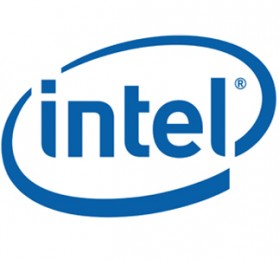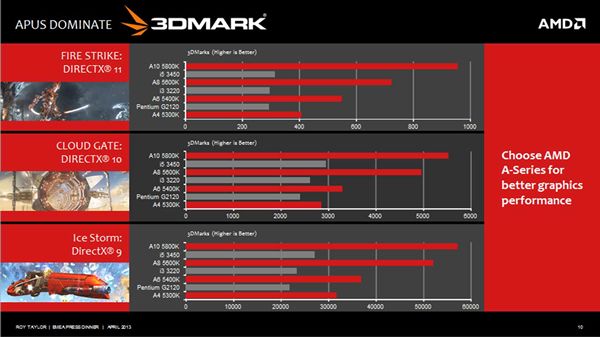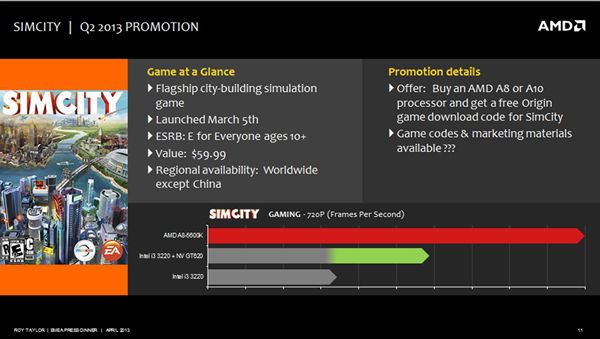 Some channel retailers are expected to switch away from Ivy Bridge based notebooks and back to the classic desktop, on the back of weak industry demand.
Some channel retailers are expected to switch away from Ivy Bridge based notebooks and back to the classic desktop, on the back of weak industry demand.
Plenty of channel retailers, according to Digitimes, are struggling getting rid of their Ivy Bridge notebook interviews and are taking a cautious approach to placing new orders for the classic back to school period of September and October. This is traditionally serves as a boost for notebook sales, but the economic outlook is having varied depressive effects on the industry in general.
Intel Haswell desktops could account for as much as 30 percent of all desktop shipments for the third quarter, above the 10-20 percent in notebooks, so Digitimes believes channel retailers are pinning their hopes on the former.
Ivy Bridge inventories, still reportedly high, will be the main focus for the channel – so Haswell models with touchscreen features may not be promoted until the beginning of 2014.
If correct, a way to read this is Ivy Bridge PC prices could be knocked down for the back to school period, and almost certainly will become cheaper when efforts are concentrated on Haswell next year.
Cash strapped consumers and cautious businesses may not want to upgrade to the highest end gear either, save enthusiast communities. As a result, there will be an effort to popularise low end gear, with cheaper kit coming out like Atoms in Q3 and more affordable Kabini laptops.










